
by virtual360 | 16 Sep 2025 | eLibrary
eLibrary: Siraf Explore the rise and decline of Siraf, a major port on Iran’s Gulf coast from 750 to 1000 CE. This exhibition brings together architecture, ceramics, anchors, and environmental evidence to show how maritime trade, coastal change, and human resilience...

by virtual360 | 16 Sep 2025 | eLibrary
eLibrary: Sattahip Ko Khram Shipwreck Discovered inland in 2013, the Phanom-Surin wreck is a rare, nearly intact 9th-century vessel linked to the Dvaravati culture of central Thailand. Though carrying little cargo, it offers unique insights into early ship...

by virtual360 | 16 Sep 2025 | eLibrary
eLibrary: The Sinan Shipwreck The Sinan Shipwreck, discovered off Korea’s southwestern coast in 1975, was a 14th-century Chinese trade vessel bound for Goryeo and Japan. Its remarkably preserved cargo offers a unique insight into maritime commerce across East Asia...

by virtual360 | 16 Sep 2025 | eLibrary
eLibrary: Phanom-Surin Shipwreck Discovered inland in 2013, the Phanom-Surin wreck is a rare, nearly intact 9th-century vessel linked to the Dvaravati culture of central Thailand. Though carrying little cargo, it offers unique insights into early ship construction,...

by virtual360 | 16 Sep 2025 | eLibrary
eLibrary: Pandanan Shipwreck Found off Palawan, the Pandanan wreck offers a rare glimpse into 15th-century maritime commerce. Carrying mostly Cham (Vietnamese) ceramics, Chinese porcelain, and glass beads, it reveals the vibrant regional trade networks that once...

by virtual360 | 16 Sep 2025 | eLibrary
eLibrary: Nanhai One Discovered off the coast of Guangdong in 1987, the Nanhai One is a Southern Song merchant vessel preserved beneath the sea for over 800 years. This exhibition traces its recovery and conservation, revealing a remarkable cargo of ceramics, metals,...
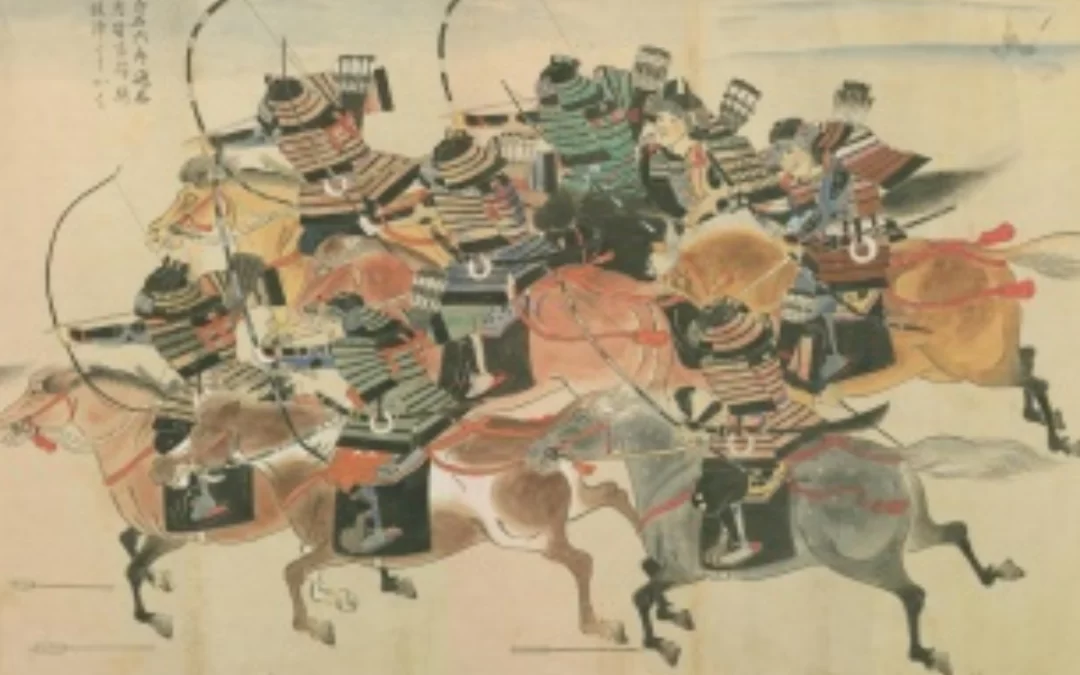
by virtual360 | 16 Sep 2025 | eLibrary
eLibrary: Mongol Invasion of Japan In the 13th century, the Mongols launched two invasions of Japan—both repelled by typhoons later called kamikaze, or “divine winds.” This exhibition explores the legend and reality through three lenses: an eyewitness scroll from the...
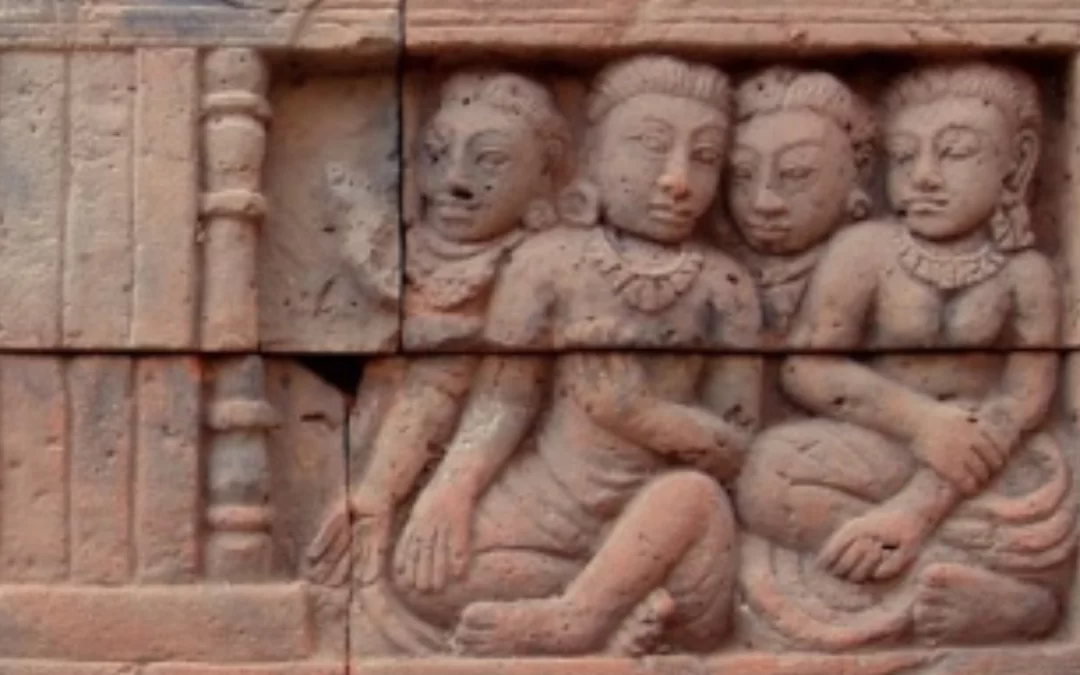
by virtual360 | 16 Sep 2025 | eLibrary
eLibrary: Majapahit Empire (Java). Trowulan 1293-1450/1500 The Majapahit Empire (1293–1500) was a powerful Buddhist–Hindu kingdom based in Java, whose influence extended across much of Southeast Asia. Renowned for its sophisticated court culture, temple building, and...
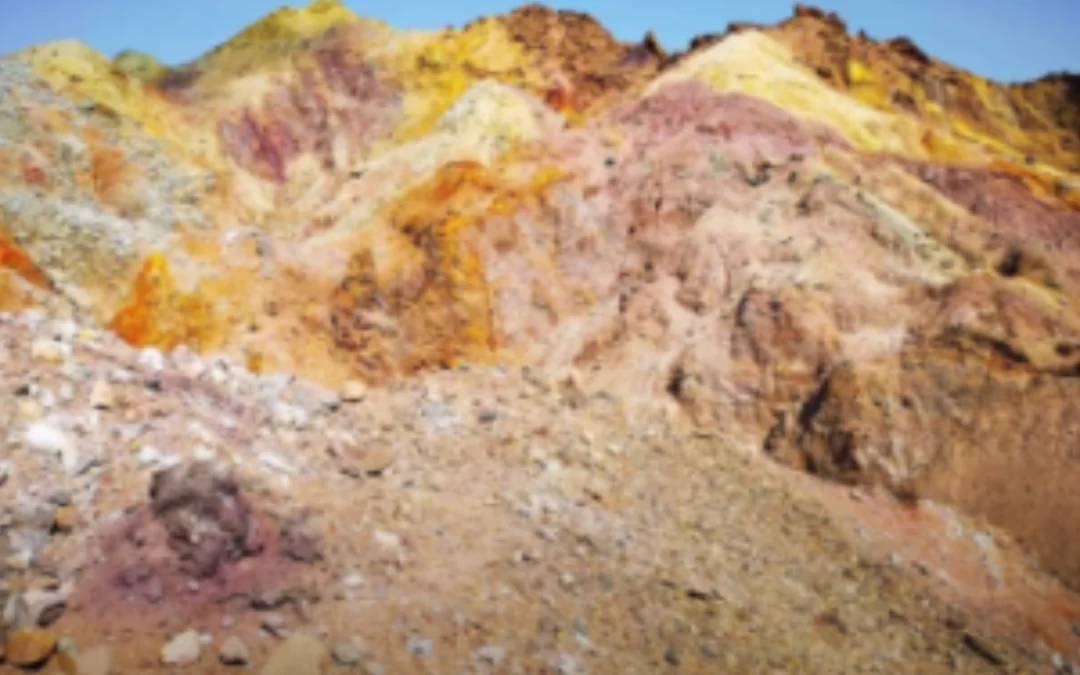
by virtual360 | 16 Sep 2025 | eLibrary
eLibrary: Hormuz Once a vital link between Persia, India, Arabia, and China, Hormuz thrived on trade and cultural exchange. This exhibition blends vivid eyewitness accounts with archaeological finds—ceramics, ship remains, and fortresses—to reveal a world shaped by...
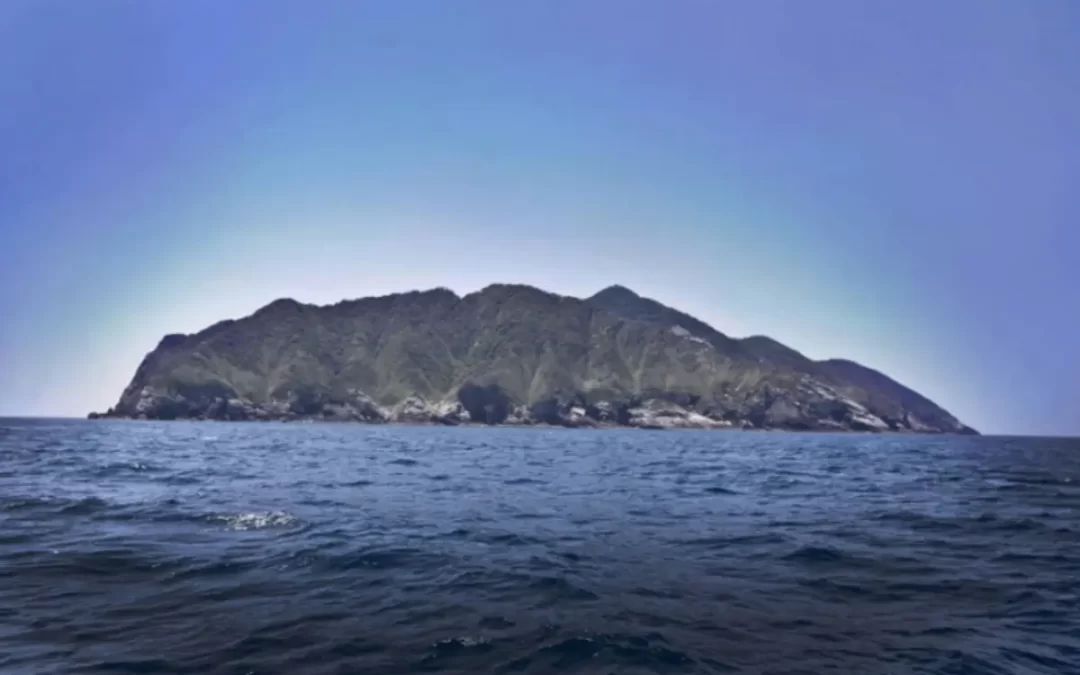
by virtual360 | 16 Sep 2025 | eLibrary
eLibrary: Okinoshima Okinoshima is a remote island shrine where ancient mariners between Japan and China once sought divine protection. This exhibition explores its sacred legacy through ritual offerings, taboos, and archaeological finds—tracing centuries of maritime...
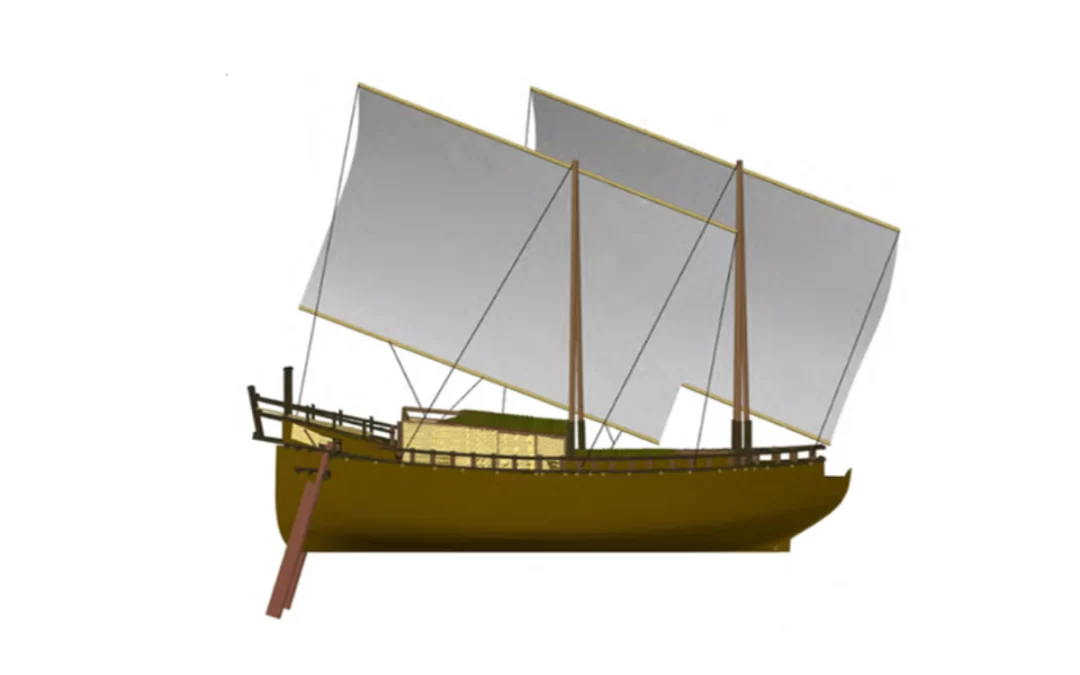
by virtual360 | 16 Sep 2025 | eLibrary
eLibrary: Cirebon Shipwreck The Cirebon shipwreck carried a dazzling cargo—but our exhibition tells a different story. We focus on what was lost: archaeological context, accountability, and access. Through documented evidence and ethical reflection, this underwater...
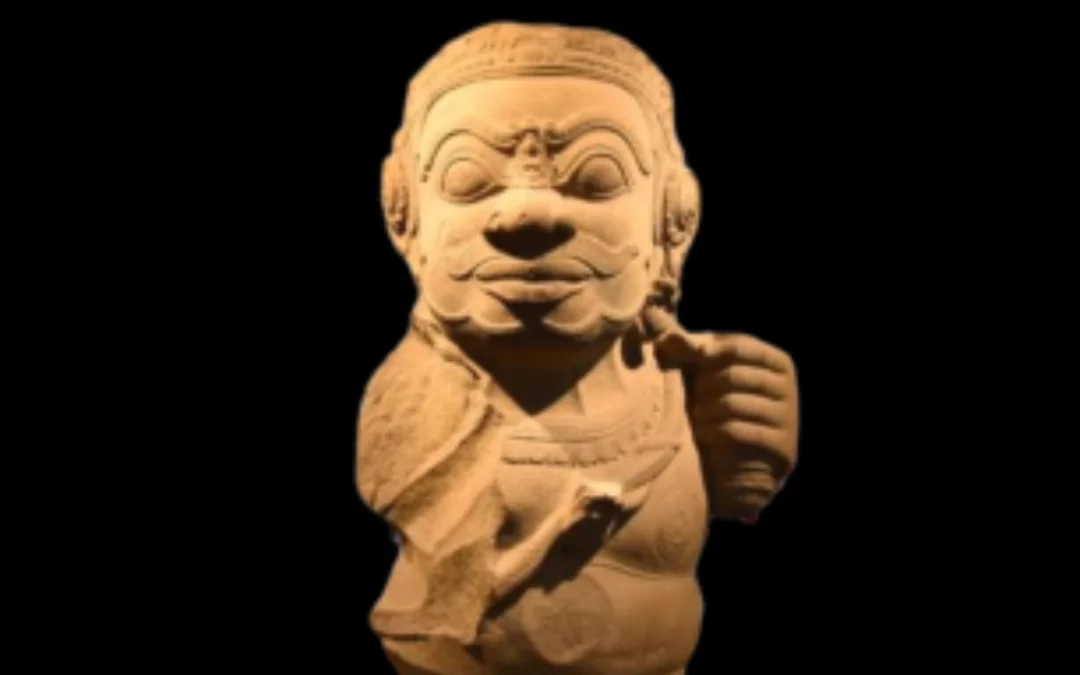
by virtual360 | 16 Sep 2025 | eLibrary
eLibrary: Champa 1250-1471 Champa flourished for over a millennium along Vietnam’s central coast, blending Indic, Khmer, and later Buddhist influences. This exhibition showcases temple sculptures—both freestanding and architectural—revealing a rich visual language...
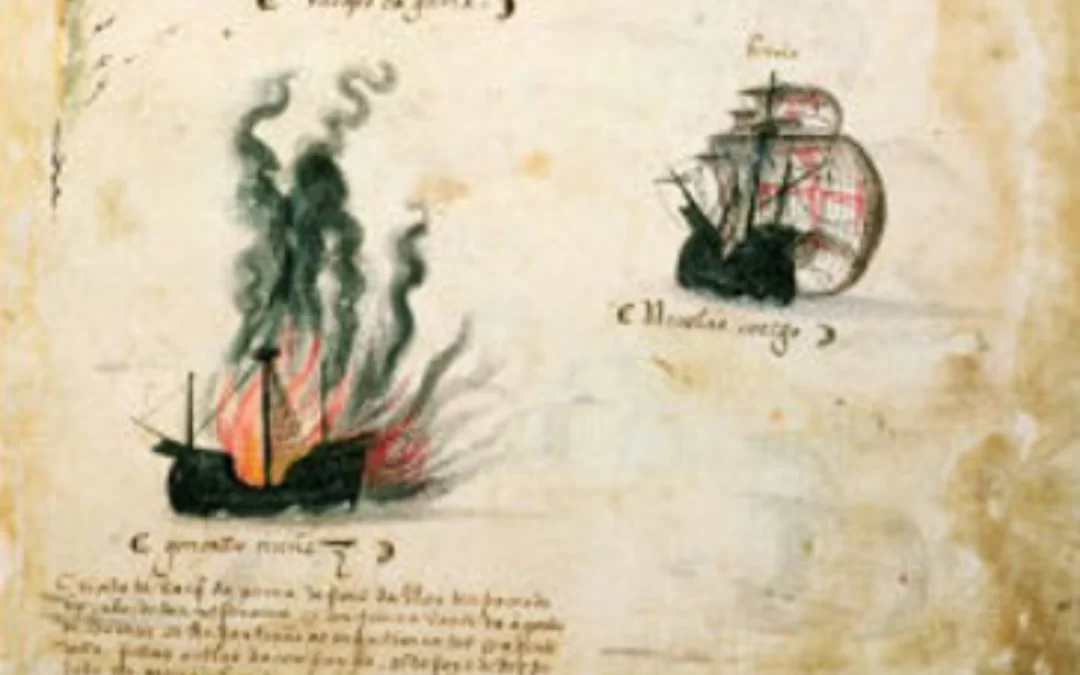
by virtual360 | 16 Sep 2025 | eLibrary
eLibrary: Calicut 1498 Long before Vasco da Gama’s arrival, Calicut thrived as the Indian Ocean’s busiest port, drawing merchants from Arabia, Persia, Africa, and China. This exhibition presents the city through travellers’ eyes—capturing its cosmopolitan energy and...

by virtual360 | 16 Sep 2025 | eLibrary
eLibrary: Ayutthaya Kingdom Explore the world of Ayutthaya, a powerful Thai kingdom that flourished between 1350 and 1500. This exhibition examines its sacred architecture, sculpture, ceramics, and royal treasures—revealing a vibrant crossroads of regional trade,...
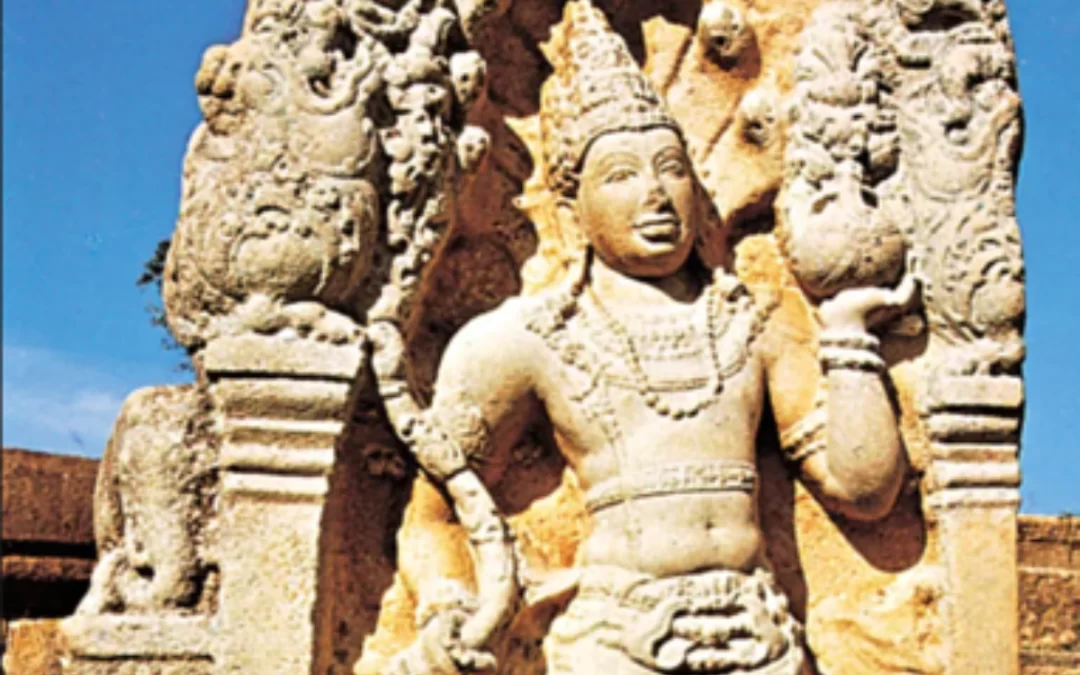
by virtual360 | 16 Sep 2025 | eLibrary
eLibrary: Anuradhapura Kingdom Discover Anuradhapura, Sri Lanka’s first great capital and a centre of Buddhist devotion, royal power, and hydraulic innovation. This exhibition explores over a thousand years of cultural achievement—through monumental stupas,...
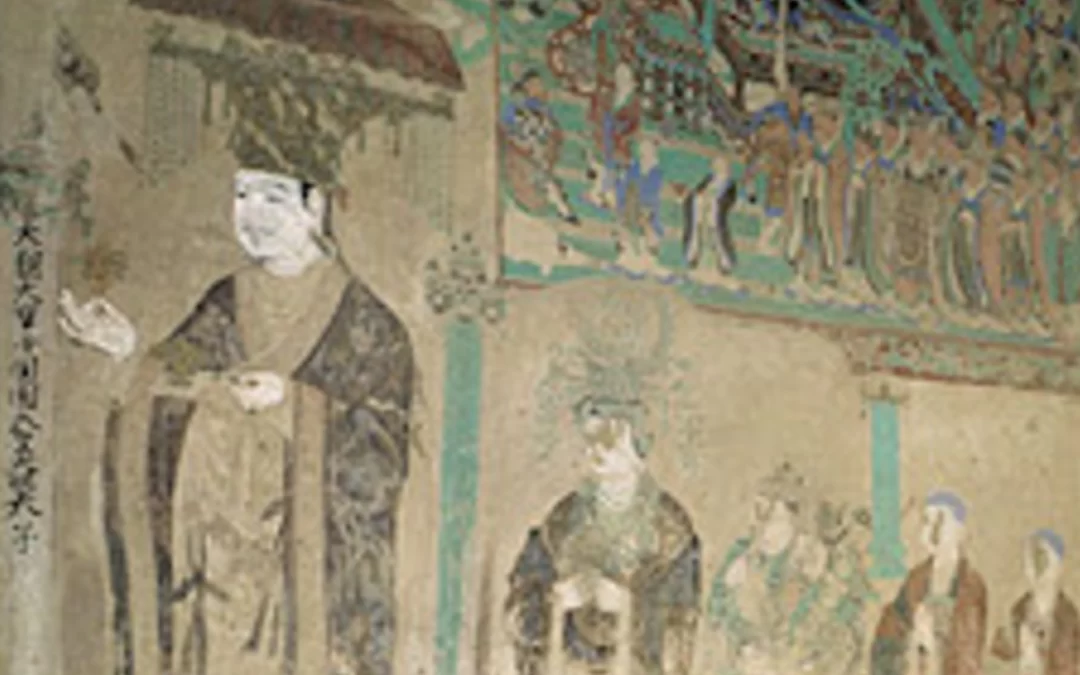
by virtual360 | 9 Jul 2025 | eLibrary
eLibrary: Khotan Kingdom Situated on the southern edge of the Taklamakan Desert, the Kingdom of Khotan was founded around 300 BCE and flourished as a major hub along the Silk Road. Renowned for its production of jade and silk, it served as a vibrant centre of Buddhist...
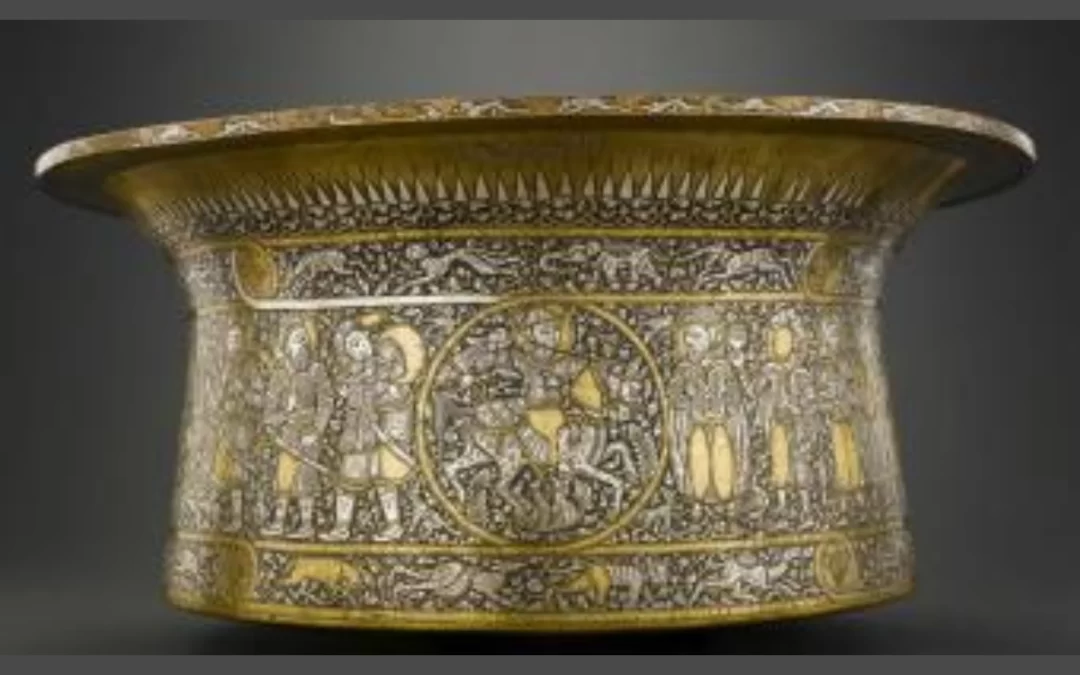
by virtual360 | 11 Jun 2025 | eLibrary
eLibrary: The Mamluk Sultanate The Mamluks were an elite warrior class of slave-soldiers, primarily of Turkic and Caucasian origin, who rose to power in Egypt and the Levant. Originally enslaved as young boys, they were trained in military and administrative skills,...

by virtual360 | 13 Dec 2024 | eLibrary
eLibrary: Heavenly Horses Horses hold a distinguished place in Chinese culture, symbolizing power, speed, and celestial favour. Known as “heavenly” for their to the association with divine realms, these animals became emblems of status and strength. From...

by virtual360 | 8 Nov 2024 | eLibrary
eLibrary: Khitan Empire (907-1125) The Khitan Empire, also known as the Liao Dynasty (907–1125), was a powerful nomadic state founded by the Khitan people in northern China and Mongolia. It blended Chinese and steppe traditions, controlled key routes along the steppe...

by virtual360 | 17 Sep 2024 | eLibrary
eLibrary: Tibetan Empire (618-842) Between 618 and 842 the mountain Kingdom gained control of an Empire that stretched as far North as the oasis town of Dunhuang and thereby controlled an important section of the ancient silk road, exposing it to the trade, produce...

by virtual360 | 17 Sep 2024 | eLibrary
eLibrary: Byzantium 1262-1435 The years 1262-1453 saw the Byzantine empire's last centuries, marked by cultural revival and artistic achievements. However. the political decline and constant threats ended with the fall of Constantinople. This is the latest version of...

by virtual360 | 14 Sep 2024 | eLibrary
eLibrary: Umayyad and Abbasid Caliphates 656-1000 The Umayyad and Abbasid Caliphates were the earliest established after the death of the prophet Mohammad. They flourished from the seventh to the tenth century and made a major contribution to the development of...

by virtual360 | 14 Sep 2024 | eLibrary
eLibrary: Tang Dynasty China Art (618-907) The Tang Dynasty (618-907 CE) was a golden age of Chinese art, marked by flourishing painting, ceramics, and sculpture, reflecting a cosmopolitan culture and innovative artistic achievements. NOTE: Some of these links come...

by virtual360 | 14 Sep 2024 | eLibrary
eLibrary: Vikings in the East In the 9th-10th centuries Norse traders navigated the Volga and Dnieper Rivers, linking Scandinavia with the Byzantine Empire and Islamic world, fostering trade and cultural exchange. NOTE: Some of these links come from Academia.edu and...

by virtual360 | 14 Sep 2024 | eLibrary
eLibrary: Sasanian Empire (224-651) The Sasanian dynasty ruled for over four centuries from 224 to 651CE. At its peak the Empire encompassed all of present-day Iran and Iraq, and stretched from the Levant to the Indian subcontinent and from South Arabia to the...

by virtual360 | 14 Sep 2024 | eLibrary
eLibrary: Silk Along the Silk Road Silk is a beautiful fabric but throughout this period it is only the rich and privileged that had access to it. This was a time when China had cased to have a monopoly over silk production and the silk trade. NOTE: Some of these...

by virtual360 | 8 Sep 2024 | eLibrary
eLibrary: Northern Song and Yuan Dynasty Art Genghis Khan, first conquered the Jin Dynasty. Then, Kublai Khan, captured and ruled China as the Yuan Dynasty. This period saw significant cultural exchange and economic expansion but also pestilence, famine and revolt....

by Richard Griffiths | 8 Sep 2024 | eLibrary
eLibrary: Byzantium 500-1000 Mosaics From 330 to 1000 CE, the Byzantine Empire, with Constantinople as its capital, stood as a formidable force. Its mosaics uniquely contributed to a rich cultural identity. NOTE: Some of these links come from Academia.edu and...

by Richard Griffiths | 7 Sep 2024 | eLibrary
eLibrary: Golden Horde (1252-1502) When the great Mongol leader, Ghangis Khan, died in 1225, he divided his empire among his four grandsons. Batu was assigned control over the most north-western territories, which became known as the Ulug Ulus (Great State) or, more...

by Richard Griffiths | 7 Sep 2024 | eLibrary
eLibrary: Afterlife Along the Silk Road Death was a fate suffered by everyone who lived and travelled along the Silk Road. What happened next, depended on individuals' religious beliefs. The exhibitions feature Christan, Zoroastrian and Buddhist art over three...

by Richard Griffiths | 22 Mar 2024 | eLibrary
eLibrary: Caravanserai along the Silk Road (0-1500) Merchants and travellers along the Silk Road faced many dangers, but for stretches of the journey they could rely on caravanserais. Situated at regular intervals along the most travelled routes, these buildings...

by Richard Griffiths | 10 Mar 2024 | Blog Post
It is estimated that over half a billion adults play chess regularly, that is equivalent to over ten per cent of World’s adult population. The game emerged from the Indian sub-continent in the sixth century CE. In the following centuries not only had the game spread...

by Richard Griffiths | 10 Mar 2024 | Blog Post
The Oroqen Nation represent one of the smallest officially recognised ethic group in China. According to the census in 2010 their population numbered 8,659 people. The largest single concentration (2050 inhabitants) lived in the Oroqen Autonomous Banner area, which is...

by Richard Griffiths | 19 Feb 2024 | eLibrary
eLibrary: Chess Along the Silk Road The modern game of chess is a perfect example of cultural exchange along the silk roads. Starting in the North-West of the Indian subcontinent, it entered Persia sometime around the 6th century CE. The game was carried to China by...

by Richard Griffiths | 23 Jan 2024 | eLibrary
eLibrary: The Timurid Empire (1370-1507) – The Court Even by the standards of the time, Timur’s wars of conquest were particularly murderous but he did manage to carve an empire that stretched from Persia to the frontiers of China. He and his successors promoted...

by Richard Griffiths | 6 Dec 2023 | eLibrary
eLibrary: Sogdian Traders The Sogdians were originally an eastern Iranian civilisation but were later concentrated in Central Asia, with Samarkand as the main city. Literally straddling the ancient silk roads, many became traders and settled in communities throughout...

by virtual360 | 6 Dec 2023 | eLibrary
eLibrary: Map Room 700-1500CE his is the latest version of an electronic library of resources supporting the Map Room exhibition. It offers free and immediate access to online resources for anyone wanting to explore further the context of the exhibition’s maps. This...

by Richard Griffiths | 6 Nov 2023 | eLibrary
eLibrary: Venice Venice reached the peak of its imperial reach at the start of the 13th century with the seizure and sacking of Constantinople, the capital of the Byzantine Empire. In the aftermath, Venice acquired Crete and several other islands in the Aegean. In...

by Richard Griffiths | 31 Oct 2023 | Blog Post
Whilst teaching a summer course at Ocean University, Qingdao, I took a road-trip with my archaeologist colleague, Sarah Ward, to Nanjing to see for ourselves the city portrayed in the first site in the Silk Road Virtual Museum. Nanjing was famous for its Porcelain...

by Richard Griffiths | 31 Jul 2023 | Blog Post
The Dragon Boat Festival is traditionally held on the fifth day of the fifth lunar month of the Chinese year. For some reason, nine hundred years ago Emperor Huizong chose to sponsor one on Jinming Lake (near the Northern Song capital Kaifeng) on the third day of the...

by Richard Griffiths | 2 Jul 2023 | Blog Post
There are not many two-faced buildings in the World. One of the best-known is the former Moskva hotel that was built in Moscow in the 1930s. As you can see in the photograph above, the layout of the two wings of the building are completely different. The building, on...

by Richard Griffiths | 4 Jun 2023 | Blog Post
Researching for the Silk Road Virtual Museum leads me to avenues that I never thought existed. Let me share this one with you. It starts at Christie’s Auction House in London. It is 25 June 2020 and we are here for its sale of Art of the Islamic and Indian Worlds...

by Richard Griffiths | 7 May 2023 | Blog Post
The Silk Road Virtual Museum (SRVM) has two routes – overland and by sea. For the maritime routes, in addition to the land-based cultural artefacts, I want to feature shipwrecks, especially those with intact cargoes. Unlike the scattered pieces in museums and private...

by Richard Griffiths | 2 Apr 2023 | Blog Post
In January 2023 I was showing my friend and colleague Sarah Ward the sights, including a visit to the Kunstmuseum Den Haag (The Hague Art Museum). Sarah is editing a book on China’s cultural influence along the (ancient) maritime silk road. If you visit the museum,...

by Richard Griffiths | 5 Mar 2023 | Blog Post
Professor Richard T. Griffiths, Emeritus professor International Studies (Leiden), Research fellow Institute for Asian Studies (Leiden), was one of the first contributors to the Diplomat Magazine since 2013 publishing articles related to European and Dutch diplomacy....

by Richard Griffiths | 27 Feb 2023 | eLibrary, Overland
eLibrary: Cilicia (1226-1375) Cilicia was a Christian Armenian kingdom situated in an area broadly comparable the south-eastern borders of Turkey with the Mediterrean. The fortress city of Sis was its capital. The region lay at a strategic position, just south of the...

by Richard Griffiths | 27 Feb 2023 | eLibrary, Overland
Overland Silk Roads History The Silk Road was a term invented by the German explorer Ferdinand von Richthofen in 1877 CE to describe the overland trade routes between Asia and Europe. It spanned the period between approximately 200 BCE and 1500 BCE, with the intensity...

by Richard Griffiths | 27 Feb 2023 | eLibrary, Maritime
eLibrary: Early Ming Dynasty China (1368-1450) Mongols had ruled China since 1271 but plague, disease and increasing demands on the population led to discontent and revolt. In 1356 rebel forces seized Nanjing and it eventually became the capital of the new Ming...

by virtual360 | 24 Feb 2023 | eLibrary, Maritime
Maritime Silk Roads History This is the latest version of an electronic library of resources supporting the Maritime Silk Roads sites. It offers free and immediate access to online resources for anyone wanting to explore further the context of the museum’s artifacts....


















































